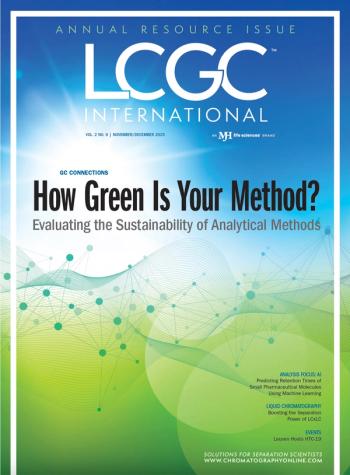
- The Column-07-04-2012
- Volume 8
- Issue 12
Deceptive orchids
A team of researchers from Australia has conducted a study into the way in which Drakaea livida (Orchidaceae) is pollinated.
A team of researchers from Australia has conducted a study into the way in which Drakaea livida (Orchidaceae) is pollinated.1
They discovered that the orchid specie deceives the wasp Zaspilothynnus nigripes (Thynnidae) by emitting the same compound, 2-hydroxymethyl-3-(3-methylbutyl)-5-methylpyrazine, that females emit when searching for mates. Gas chromatography–electroantennographic detection (GC–EAD) and gas chromatography–mass spectrometry (GC–MS) were used to isolate this novel pyrazine. The main chemical compounds were separated and identified in the mixture.
The team concluded that this compound may represent the first known case of pyrazines as sex pheromones in Hymenoptera insects.
1. R.A. Barrow et al., Org Lett., 14(10), 2576–2578 (2012).
Articles in this issue
over 13 years ago
Thought leader recipientover 13 years ago
Market Profile: High Content Screeningover 13 years ago
An Age of Discoveryover 13 years ago
An Easy Way to a Fast Universal Method for Surfactant Analysisover 13 years ago
Nanoparticle measuringover 13 years ago
Food focusNewsletter
Join the global community of analytical scientists who trust LCGC for insights on the latest techniques, trends, and expert solutions in chromatography.



